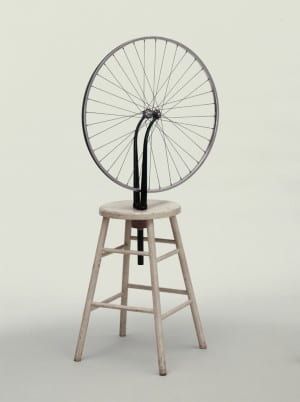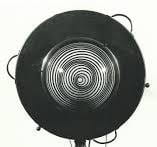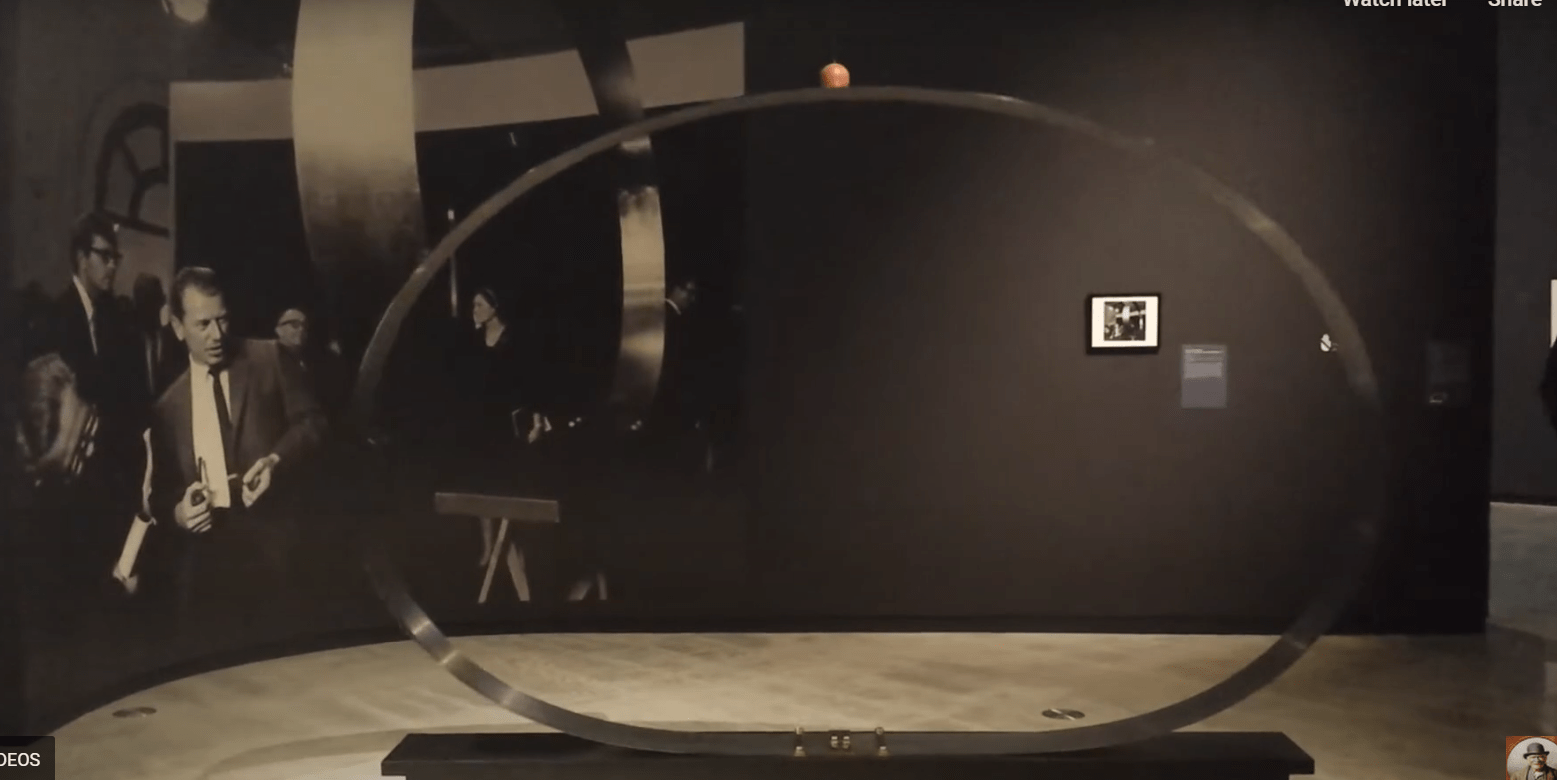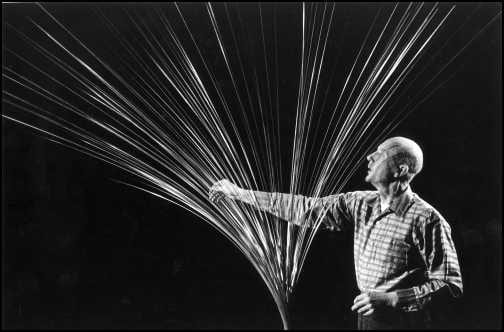Machine Art was symbolizing the advanced tech development and modern era, always relating to Constructivism and Futurism. People appreciate the beauty, strength and energy of the machine. But then the term Machine Art evolved — people started appreciating the machine made product withought considering its practical use, but only considering the aesthetic appearance. As Machine Art developed, it was used to describe the relationship between human society and technology. The relationship between Machine and Art transferred from “utopian vision of technology” to the implications of technological integration into everyday life.


“Bicycle Wheels” by Marcel Duchamp is considered as the first kinetic machine sculpture. It represents people had been started to focus on the technology development on Machines instead of only focusing on the classic arts. It not only starts the long history of kinetic art, also brought daily objects into art fields, suggesting the importance is the transmission of a readymade’s concept, not its exact physical appearance.
However, Marcel Dumchamp as a pioneer in machine art, might had limited understanding on Machine Art. He believes machine itself can only produce art, but not create art. They could not inherently create art in the absence of the artist’s intervention.. However, he did not see the aesthetic aspects hiding inside of the machine itself, and this perspective may also suggest a limited acknowledgment of the inherent aesthetic qualities of machine itself.
Artist Len Lye created kinetic sculptures. “A feeling of barely harnessed physical power — half material and half pure energy — pervades Lye’s work, demanding greater scale for a more complete expression.” In his work Loop/Universe, the sculpture is automatically moving with energy provided by electromagnet, creates weird but attracting sound when bumping to the hanging little ball. Like mentioned in the article “The Phantom of Machine Art”, the practicality of the machine itself is not shown in his work, but the aesthetics of the movement of the machine itself are shown.

In his work “Fountain”, the Stainless steel rods are moving spontaneously by wind, creating a organic movement. In his work, he was combining invisible “energy supply” and the kinetic materilals, which makes the materials look like they are alive. Besides, the combination of different materials and the visual/sound effect of them somewhat creates an impression like the living machines are having some invisible communications with each other, adding mysterious and natural aspects to machine art.

This living machine art also reflects on how people perceive machine art, like mentioned in “The Phantom of Machine Art” — Kinetic Art reflects a shifting human-machine relationship characterized by growing respect and appreciation for machines. Len Lye’s work shows the perspective of human perceiving the role of machines, suggesting machine to be a more indispensible and respectful part of human life.
